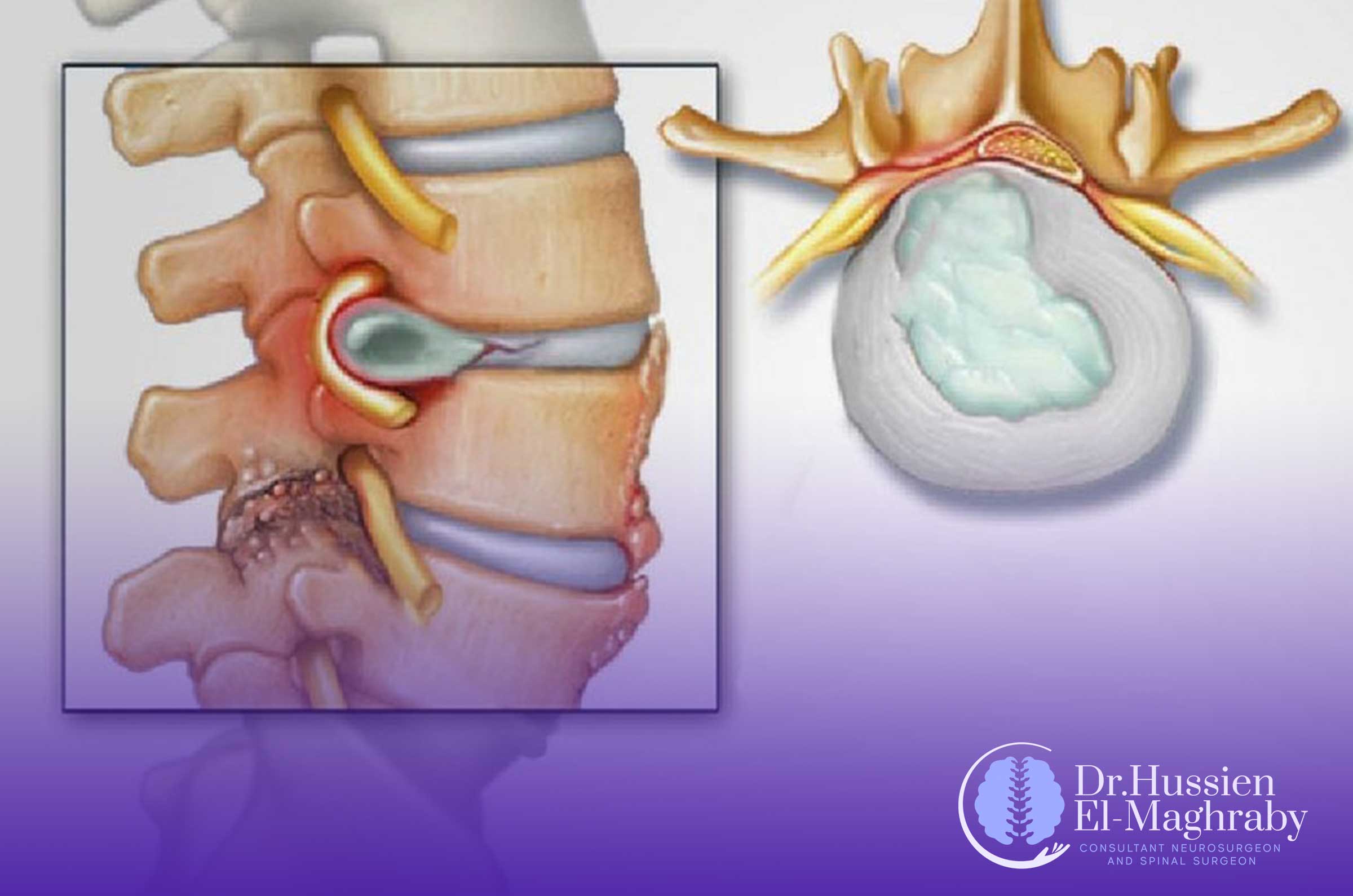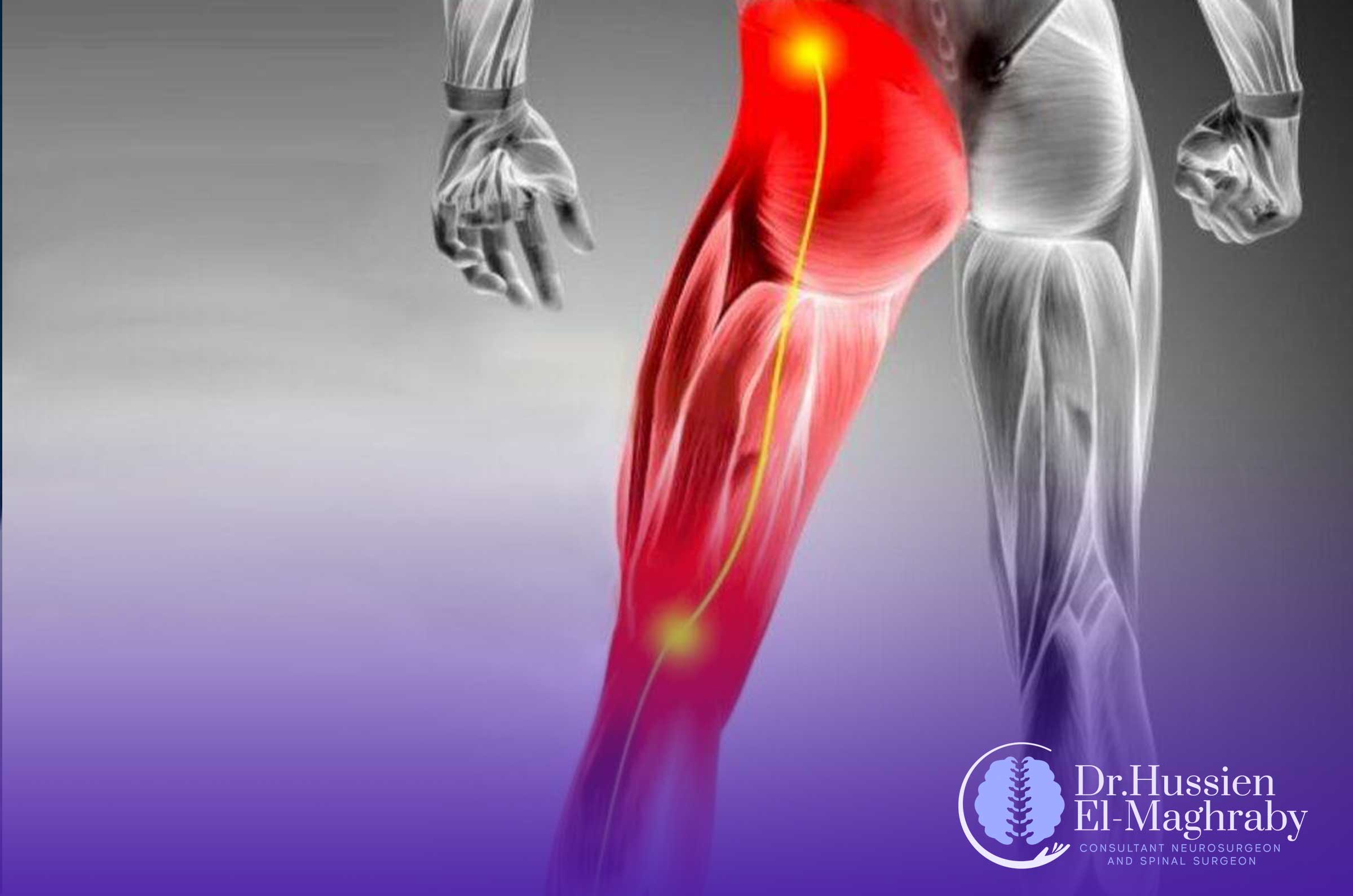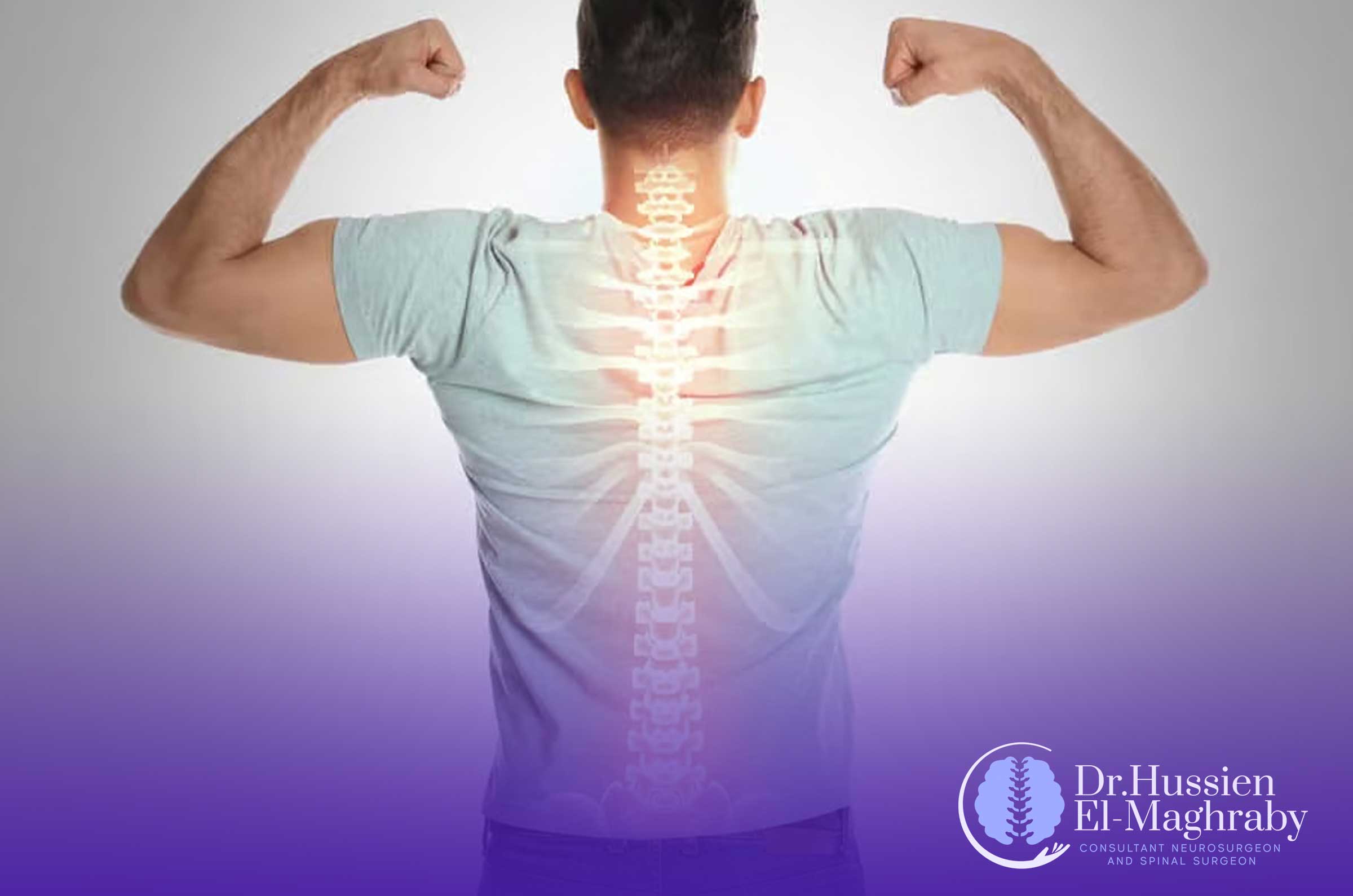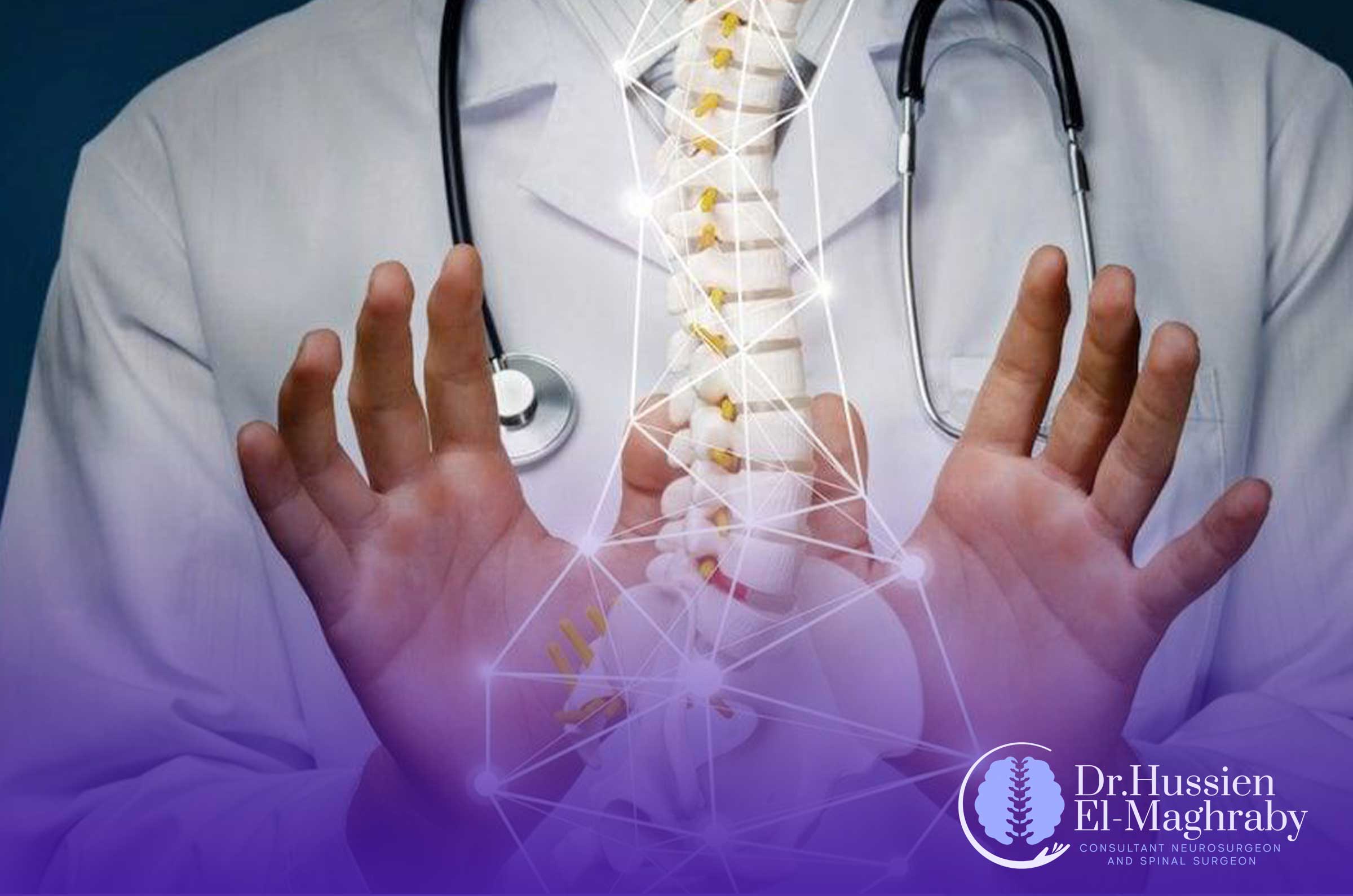Lower Back Pain

Lower back pain occurs when the spine is stressed due to injury, illness, wear and tear, or misuse of the body. Acute lower back pain is acute and severe, typically resolving within days or weeks, and usually improves with rest and physical therapy. However, if the pain is chronic, it persists despite rest and may require medical intervention.
Types of lower back pain:
The lumbar spine, which supports the body weight, can be prone to injury and pain. Lower back pain can range from mild to severe, depending on the extent of the injury, and can be acute or chronic.• Acute lower back pain occurs suddenly and usually heals within several days to weeks. The source of the pain is often in the muscles, ligaments, joints, or vertebrae. Sometimes, back pain results from strained muscles, herniated discs, or inflamed joints.
• Chronic lower back pain lasts beyond three months and may be felt continuously or worsen with certain activities.
What are the symptoms of lower back pain?
Signs and symptoms of lower back pain may include stiffness, tension, pain, a burning sensation, pressure, or tingling. The pain may radiate to the buttocks, thighs, or knees. People may also experience muscle spasms. Symptoms are often more pronounced when bending, arching the back, lifting heavy objects, or sitting or standing for long periods.You should seek immediate medical assistance from Dr. Hussien El-Maghraby; Consultant Neurosurgeon and Spinal Surgeon at University Hospitals Coventry and Warwickshire NHS Trust, England, United Kingdom, if you experience severe leg weakness or loss of bladder or bowel function, a condition known as cauda equina syndrome.
What are the causes of lower back pain?
Factors such as obesity, lack of exercise, poor posture (like bending), and improper lifting can put pressure on the spine and increase the likelihood of injury. The specific cause of acute lower back pain is identified in only about 20% of cases. Although a definitive cause may not always be found, some conditions that can lead to back pain include:• Muscle strain: Sports injuries, falls, or strenuous activities can lead to muscle and ligament strain. Lack of exercise increases the risk.
• Herniated disc: The gel-like center of a spinal disc may bulge or rupture in a weak area of the disc wall, pressing on nerves.
• Spinal stenosis: Narrowing of the spinal canal can compress the spinal cord and nerves.
• Osteoporosis: With age, the vertebrae dry out and shrink. Small tears in the disc walls can be painful, and bone spurs may form, causing joint enlargement and denser ligaments.
How is the lower back pain diagnosed?
The diagnostic evaluation includes a medical history and physical examination. Imaging tests (such as X-rays, CT scans, or MRIs) and muscle strength or reflex tests may also be used.What are the available treatments for lower back pain?
Most cases of acute lower back pain respond quickly to non-surgical treatment. Exercise, muscle strengthening, and maintaining an ideal weight are essential elements of treatment.Surgery may become necessary if you experience muscle weakness, herniated discs, severe stenosis, cauda equina syndrome, or severe pain that does not improve after a reasonable period of non-surgical treatment.
Recovery of lower back pain:
Most cases of acute lower back pain respond to treatment, with 90% of patients becoming symptom-free within 1 to 2 weeks, and 10% recovering within 3 months.Prevention methods to avoid recurrence of lower back pain:
• Use proper lifting techniques.• Maintain good posture while sitting, standing, moving, and sleeping.
• Regularly practice stretching exercises to strengthen muscles.
• Follow a healthy diet, maintain a healthy weight, and have an appropriate body mass index.
• Reduce stress and practice relaxation techniques.
• Avoid smoking.
Share:
Surgery Tips

Challenges of Spinal Stenosis and Coping Strategies
The pain from spinal stenosis can be bothersome and significantly impact daily life. However, are home remedies and complementary treatments sufficient to effectively manage it?

Latest Techniques for Treating Sciatica Without Surgery
Sciatica pain caused by herniated discs can be relieved through a minimally invasive procedure, without surgery, in less than 20 minutes and painlessly, using laser disc vaporization.

Tips for Spinal Cord Health
Spinal cord compression can occur and lead to various symptoms; however, such cases can be avoided through a set of unique tips provided by Dr. Hussien El-Maghraby.

The Role of Advanced Technology in Spine Surgery
Technological advances have made it possible to treat various spinal diseases and injuries in non-surgical ways, characterized by rapid recovery, pain reduction, and impressive results.

